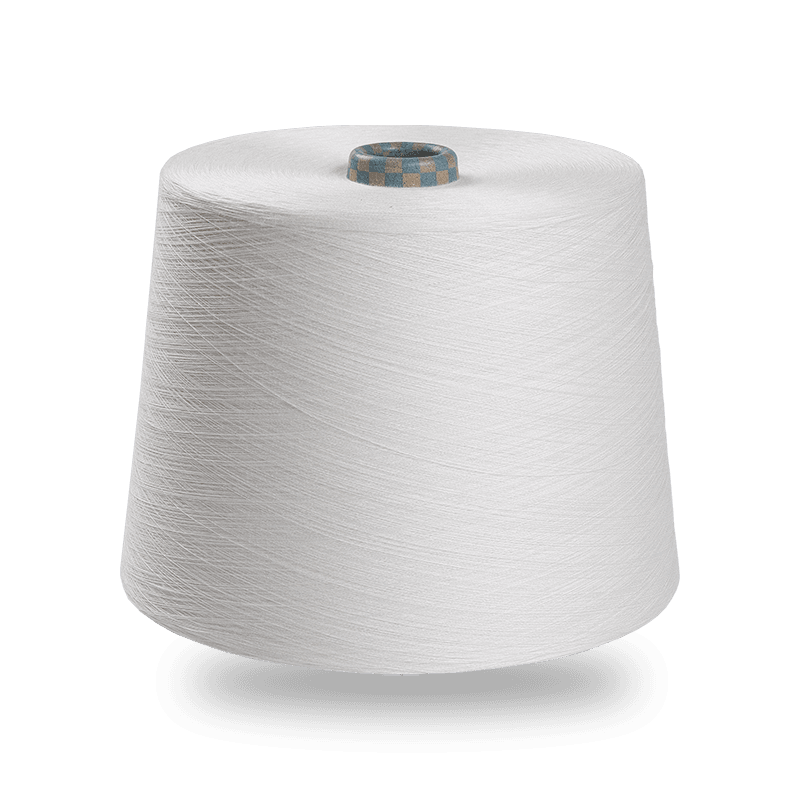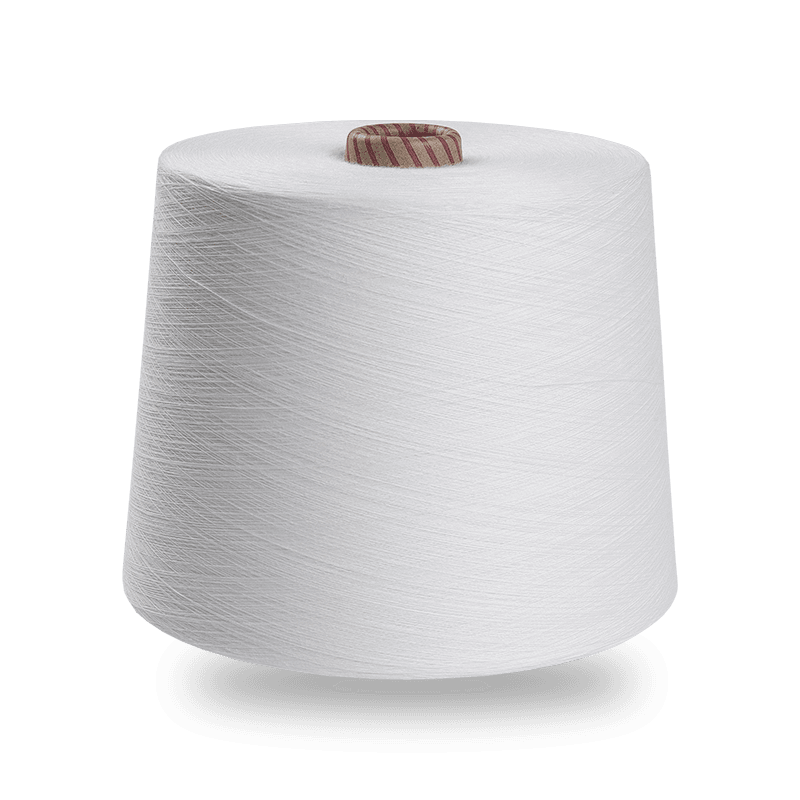The moisture content of yarn plays a crucial role in its performance throughout various stages of fabric production, including weaving, knitting, and dyeing. This is particularly important for ring spun yarn, which is widely used for its smoothness, strength, and versatility across different textile applications. During the spinning process, yarn naturally absorbs moisture from the air, and this can significantly influence its properties and the overall quality of the fabric produced. Understanding how moisture content affects yarn performance can help manufacturers optimize production processes and ensure consistent, high-quality end products.
At the spinning stage, the fiber's moisture content is typically balanced to maintain optimal yarn consistency. However, once the yarn is wound and stored, it can absorb or release moisture depending on environmental conditions, such as humidity. When yarn has too much moisture, it becomes heavier and more prone to uneven tension during the weaving or knitting process. This can result in yarn breakage or uneven stitch formation, which ultimately affects the fabric’s structure. Conversely, if the yarn is too dry, it can become brittle and harder to work with, leading to issues like high friction between fibers and excessive wear on the machines. Balancing moisture content ensures that the yarn remains flexible and easy to handle, allowing for smooth and consistent production.
In weaving, the moisture content of ring spun yarn also influences the fabric’s tension. The yarn’s elasticity is somewhat dependent on the amount of moisture it contains; too little moisture can reduce flexibility, making the yarn stiff and prone to breakage under the stress of weaving. This can lead to irregularities in the fabric, such as slub formation or skipped threads, that affect its overall quality and appearance. On the other hand, if the moisture content is too high, the yarn can stretch too much, causing loose weaves and affecting the fabric’s durability. Therefore, precise control of moisture levels during weaving is essential to maintain a balance between strength, flexibility, and smoothness.

Similarly, in knitting, moisture content can impact the yarn’s performance by influencing stitch formation and the elasticity of the fabric. Too much moisture can cause the yarn to swell and behave unpredictably, making it harder to maintain even tension across rows of stitches. This can result in uneven fabric texture or puckering, undermining the final product’s aesthetic and functional quality. On the other hand, dry yarn can lead to poor stitch definition, causing the fabric to feel rough and uncomfortable against the skin. By controlling the moisture levels, manufacturers can ensure that the yarn behaves predictably throughout the knitting process, producing fabrics with consistent texture and performance.
When it comes to dyeing, moisture content plays a significant role in the absorption of dye. Yarn that is too dry may not absorb the dye as efficiently, leading to uneven coloration or patchy dyeing results. This is especially true for ring spun yarns, which are typically made from fibers such as viscose and polyester blends, each with different dye absorption rates. If the yarn retains too much moisture, however, it may cause the dye to spread unevenly, leading to color bleeding or other inconsistencies that compromise the final product. Maintaining the right moisture balance ensures that the dye penetrates the fibers evenly, resulting in rich, uniform color throughout the fabric.
In practical terms, controlling the moisture content of ring spun yarn during production can significantly enhance the quality of the final fabric. Advanced technologies, such as climate-controlled storage and careful monitoring during the spinning and winding processes, help maintain optimal moisture levels. Moreover, proper pre-conditioning of yarn before it enters subsequent stages like weaving, knitting, or dyeing can minimize the risk of defects and ensure smooth operations on production lines. By understanding and controlling moisture content, manufacturers can avoid issues like poor dye absorption, fabric tension problems, and irregularities in texture, all of which can ultimately affect customer satisfaction and brand reputation.
Moisture content is a subtle but essential factor that influences the performance of ring spun yarn across various fabric production stages. Whether it’s for weaving, knitting, or dyeing, achieving the right moisture balance can make the difference between high-quality fabric and a flawed product. Textile manufacturers must pay close attention to this aspect, ensuring that moisture levels are managed at every step of the process to achieve the best possible results in their finished fabrics.


 English
English 中文简体
中文简体 Español
Español عربى
عربى











